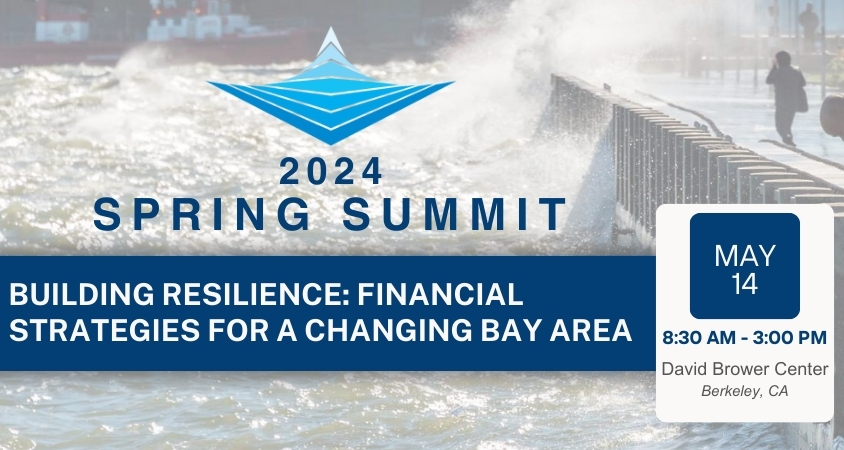The Bay Planning Coalition is committed to working towards advocating for sustainable commerce, industry, and a thriving economy in the greater Bay Area region. This includes Bay Area ports that are vital to the region’s economic growth. As a Featured Member and a member of BPC’s 2015 President’s Circle, we would especially like to recognize the Port of Stockton as a key player in the Bay Area’s continued growth and economic vitality.
HISTORY AND PRESENT-DAY
The Port of Stockton (Port) has played an important role in California’s goods movement for over 80 years, providing an invaluable link between northern California and economies across the globe. Since its opening day on February 2, 1933, the Port has become one of the busiest inland ports on the Western Coast of the United States. Handling approximately three million metric tons of cargo per year, the Port continues to out perform itself each year and is looking to celebrate its best year to date in 2014. For example, waterborne tonnages increased thirty-six percent, with an impressive eighty-six percent increase in dry bulk cargo over the previous year. Meanwhile, investment in rail improvements doubled train activity from three to six unit trains per week. In 2014 alone, current tax and permit revenues from the Port will total almost $6.7 million.
As the third largest port in California, Stockton has over 4,000 acres and seven million square feet of covered storage area. The Port boasts 60 miles of railroad tracks and more than 12,000 lineal feet of dock space. All the existing facilities at the Port have made for a highly marketable and competitive hub for current and future business partners. It is home to 131 business partners ranging from major distribution centers to local artists who lease office space. Through the addition of twelve new business partners, private sector investments exceeded $266 million last year and helped to create more than 80 full-time family-wage jobs in the greater Stockton area.
GROWTH
Location is just one key to the Port’s continued growth and prosperity. Nestled within the Sacramento/San Joaquin Delta approximately 75 nautical miles from the San Francisco Bay, the Port is conveniently located adjacent to multiple major transportation corridors allowing direct access to international and trans-continental transportation systems. As a result, the Port’s import/export business continues to flourish.
ENVIRONMENT
Committed to environmental stewardship, the Port has implemented a policy to improve the region’s environmental quality of life. In September of 2014, the Port, along with the U.S. Fish and Wildlife Service and the U.S. Army Corps of Engineers (USACE) formed a partnership on a unique ten-year project to restore the Antioch Dunes. The restoration site is located at the Antioch Dunes National Wildlife Refuge, which is the only national refuge established to protect two endangered plants and an insect. Utilizing dredge material taken from the Stockton Ship Channel, the Refuge will expand and recreate the riverine sand dune habitat that the endangered Lange’s Metalmark Butterfly depends on.
COMMUNITY
The Port also remains focused on being good neighbors and connecting to the community. As part of its ongoing community engagement efforts, the Port offered free public boat tours this past summer. These popular tours created a valuable opportunity to educate the public about Port operations and provide a rare look into the history of the Delta and Stockton community.
FUTURE
As the Port focuses on the future, it continues to play a vital role in the region’s economy attracting more than $2.27 billion in private sector investments over the last few years and creating 2,365 new family-wage jobs for the City of Stockton and San Joaquin County. Today, the Port trades with more then 55 countries and does so, operating in an environmentally responsible manner. The view from the dock at the Port of Stockton looks bright!
BPC values the Port of Stockton as a member and hopes to grow with such key contributors as we continue our efforts to advocate for sustainable commerce, industry, infrastructure, recreation and the natural environment connected to the San Francisco Bay and its watershed.
—
Please visit the Port of Stockton website for more information.
Tags: port of stockton



